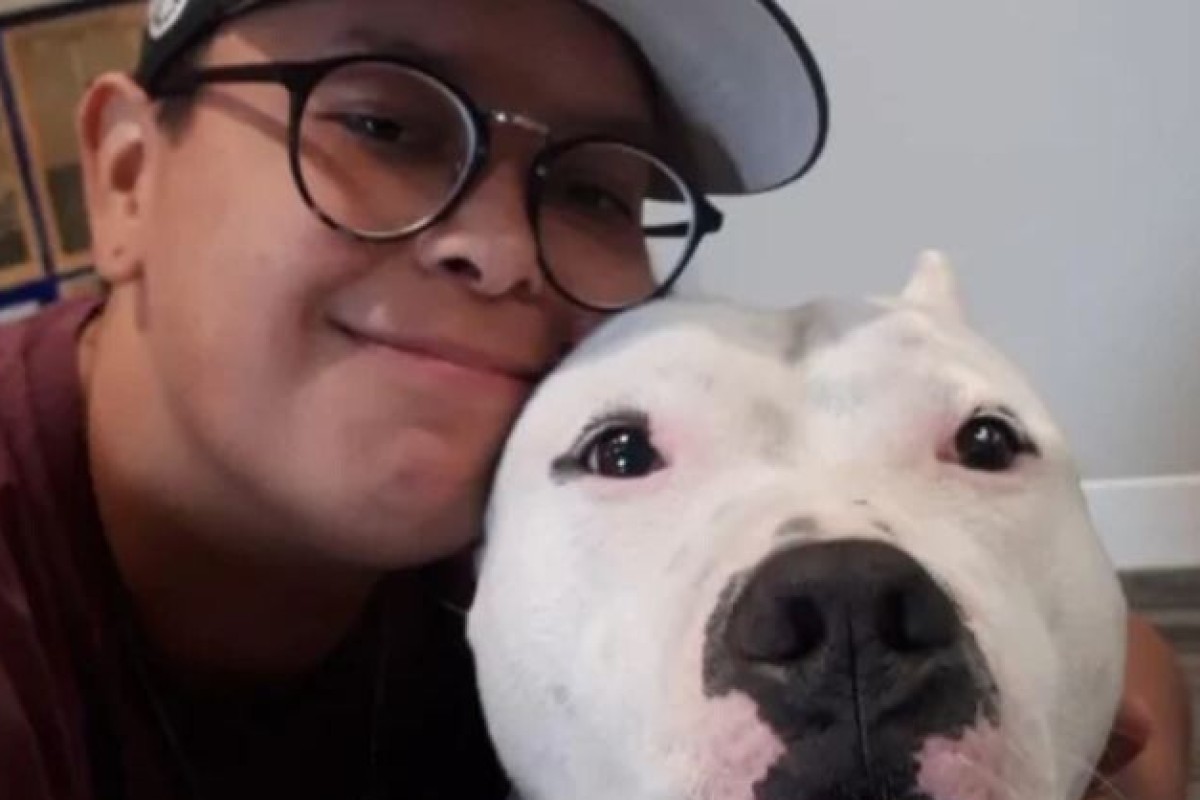When my family moved from East Van to Victoria when I was a kid, we went from a school that had Chinese, Italians, Romanians, Vietnamese, Slovaks, Slovenians, Ukrainians and every other kind of all over the place, 'just trying to fit three generations into a Vancouver Special' families, to a neighborhood where there was one other Chinese Canadian family in my high school, and one Punjabi Sikh Canadian that too many people insisted on calling a “Paki” or a “Hindoo,” one Iranian Canadian family, one Palestinian Canadian family, one Black Canadian family, and everyone else was “white” and “Canadian” without a modifying adjective. Even among my best friends, one who kept insisting his family was Ukrainian and another that he was French Acadian from Nova Scotia were just generically “white” at almost every moment that mattered.
So many Asian Canadians right now are afraid of being the target of violence—verbal and physical. We hope that we are the “right kind” of Asian—Hong Kong not Mainland Chinese, born here not an immigrant FOB, Speaking English without an “accent,” over achieving and fitting in because you went to the right school, got into the right program, played the right sports (hockey not badminton). You were careful not to be the #wrongkindofasian and you thought you had made it, were exempt.
At the award ceremony at the end of Grade 12, I was recognized for being voted Student Council President, the point guard and co-captain of the basketball team, the captain of the track team—the trophies above were for Best Creative Writing, Sportsman of the Year, the Top Sportsmanship trophy, the Top Citizenship trophy, and six other trophies that I can no longer remember what I got them for; I received the Spackman Scholarship from the B.C. Minor Football Association, and the TS McPherson Entrance Scholarship from UVic.
And if I’m on the street and someone wants to unleash their fury about CoViD-19 on the “bat-eating Chinese” who “caused” it, none of that will matter. Not being a Vancouver Canuck fan, or a Montreal Canadiens fan, or being popular, or fashionable or funny, or able to drink without turning red.
There is no right kind of Asian, no model minority. This is how racism works.
#wrongkindofasian
#ididntmeanyou





















